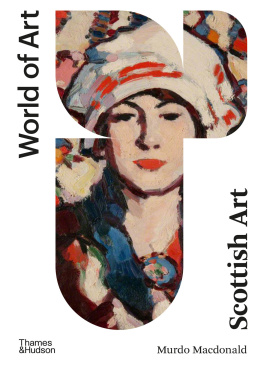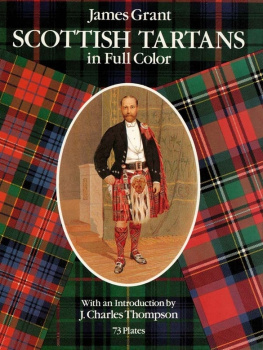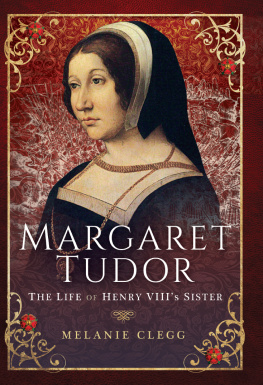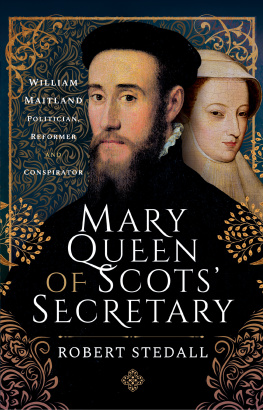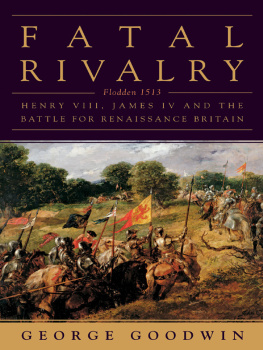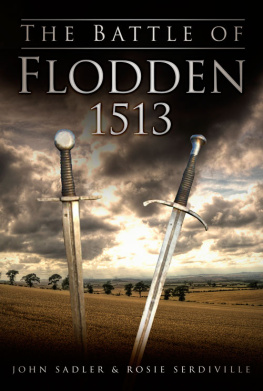FLODDEN
A SCOTTISH TRAGEDY
For Leslie

This eBook edition published in 2013 by
Birlinn Limited
West Newington House
Newington Road
Edinburgh
EH9 1QS
www.birlinn.co.uk
This edition first published in 2003 by Birlinn Ltd
Copyright Peter Reese, 2003
Maps Paul Vickers, 2003
The moral right of Peter Reese to be identified as the author of this work has been asserted by him in accordance with the Copyright, Designs and Patents Act 1988
All rights reserved. No part of this publication may be reproduced, stored or transmitted in any form without the express written permission of the publisher.
ISBN: 978-1-84158-265-8
eBook ISBN: 978-0-85790-582-6
British Library Cataloguing-in-Publication Data
A catalogue record for this book is available from the British Library
CONTENTS
INTRODUCTION
B EFORE UNDERTAKING THIS book I was quite sure Robert Bruce (Robert I) was Scotlands leading king commander and his triumph at Bannockburn not only Scotlands outstanding victory against the English but self evidently the countrys most significant battle from a political standpoint.
Nothing, of course, has changed my mind about the extent of Robert Bruces achievements nor the merit of his victory at Bannockburn although if he had been given the opportunity to meet and defeat Edward I there, rather than the English kings inept son, his military reputation would be truly unassailable not only in relation to other Scottish leaders but among military commanders world-wide but I am no longer convinced about Bannockburn being Scotlands most influential battle.
While Bannockburn undoubtedly laid the foundations for renewed Scottish independence some fourteen years afterwards, England and Scotland were soon fighting again and there were long years of further conflict before Scotlands sovereign status was finally recognised in 1357 through the Treaty of Berwick, an agreement which predictably failed to prevent subsequent English claims to suzerainty. In contrast Scotlands defeat at Flodden served to downgrade the countrys military capability and set in train what was to become an irreversible process towards union with England which, despite the recent granting of certain devolved powers, continues today.
Flodden deserves to rate highly amongst Anglo-Scottish battles for other reasons. The number of soldiers engaged there was unquestionably higher than at Bannockburn, higher than in Wallaces battle against the English at Stirling Bridge and even higher than in the massive encounter that took place between the two countries at Pinkie Cleugh in 1547. The one battle where battle numbers were likely to have equalled or exceeded those at Flodden was Wallaces clash with Edward I at Falkirk during 1298. Flodden is also notable for its high numbers of casualties, including a king, many leading nobles and 12,000 or so others killed. These far exceeded the totals at Bannockburn or at Stirling Bridge and stand comparison with the sanguinary encounters of Falkirk and Pinkie, a fact less surprising when one realises its main hand-to-hand engagement was fought with notable stubbornness, and for longer than the others, including William Wallaces primarily defensive engagement against Edward I at Falkirk. And although it was the last medieval engagement fought in Britain due in large part to the obsolescent weapons used by many of the English soldiers, Flodden previsaged more modern battles with its opening artillery engagement.
Whereas every Scottish schoolboy knows of Bannockburn, those I have met recently were less aware of Flodden. Indeed, one needed some persuading I was not referring to Culloden! Understandably Floddens disastrous results have been deliberately played down in Scotland and, as the book attempts to show, for quite different reasons in England too.
This has had predictable results on its documentation. Whether those responsible for keeping the Scottish records were killed in the conflict or not, there are no contemporary records or accounts of it from north of the border and the major English sources are limited to three. These are the short Articles of Battle , likely to have been written by Thomas Howard, Surreys eldest son and the English vanguard commander; an avowedly contemporary account called the Trewe Encountre , which is limited to some few pages: and allusions made to the battle within Edward Halls The Triumphant Reigne of Kyng Henry VIII , printed in 1550 but reputedly based on reports of eye witnesses. Nonetheless, the conjunction of such accounts with contemporary letters and papers, along with later commentaries and a thorough investigation of the ground, has enabled the course of the battle to be traced with some accuracy. This process is made easier because, unlike Bannockburn and Falkirk (1298), the site is in little dispute, and its present memorial undoubtedly marks the location of some of the bitterest fighting. However, the nature of the English approach march, especially the movement of their final division to the battle, remains open to different interpretations.
As in my earlier account of Bannockburn, I attempt to describe the salient political and military developments leading to the conflict, the two armies different command systems and the use they made of contrasting weaponry, before going on to recount the conflict in detail and assess its important consequences.
On my visits to Branxton field I was struck by the hauntingly beautiful part of Northumberland where the fight occurred, with ruined castles nearby serving to emphasise the bloody history of the border regions as much as the damage inflicted by the Scots during their approach march to Flodden. However, visitors to the battle site are not well served. On my ascents up Pipers Hill I have never failed to meet people puzzling over the simple viewscape there. For further details they are obliged to go to the visitors centre at Etal Castle over eight kilometres away where principal attention is paid to the castle itself. The time has surely come for a visitor centre to be erected on the battle site probably near the present car park where publications can be stocked, an appropriate interactive experience offered, and from where visitors can be directed along a trail to include the approach marches of both armies, the position taken up earlier by the Scots on Flodden Hill and the dispositions and movements of the contenders at Branxton.
ACKNOWLEDGEMENTS
W ITH REGARD TO the books early stages I am indebted to four people in particular; to Paul Vickers, historian and the armys systems librarian, who walked the battlefield, discussed the conflicts sequence of events and produced the battle maps; to Dr Leslie Wayper, historian extraordinaire; to my long-time friend Mrs Jennifer Prophet for her valued comments on the text and, together with her son Charles, the production of the index, and to Mrs Christine Batten for her ever-skilled work with the computer.
With respect to essential professional support, I have received immense help from, among others, the National Library of Scotland, including its map department, The British Library, Scottish United Services Museum Library, Royal Armouries Library, Fort Nelson, Edinburgh Central Library, the Army Central Library, Hexham Public Archives, Farnborough Library, from Colonel A. Guinan, T.D. on artillery matters and the Provost and Council of Selkirk at the time of the burghs annual Common Ridings. For the illustrations I particularly acknowledge the assistance received from the Royal Collection, the National Portrait Gallery, Heinz Archive and Library and the Scottish National Portrait Gallery. The book was written largely in the Prince Consorts Military Library, Aldershot, whose librarian Mr Tim Ward and staff are friends to whom I owe so much over more years than I care to remember.
Next page
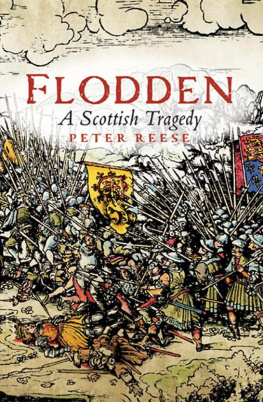
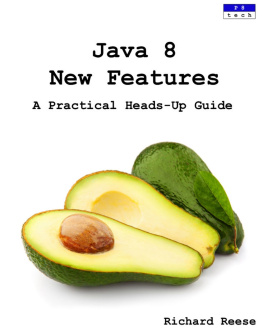
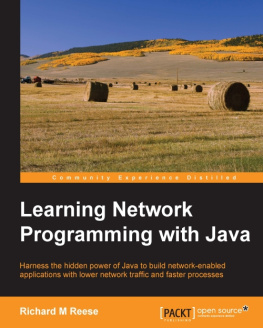
![Reese - Java 7 new features cookbook: over 100 comprehensive recipes to get you up-to-speed with all the exciting new features of Java 7: [quick answers to common problems]](/uploads/posts/book/137358/thumbs/reese-java-7-new-features-cookbook-over-100.jpg)


